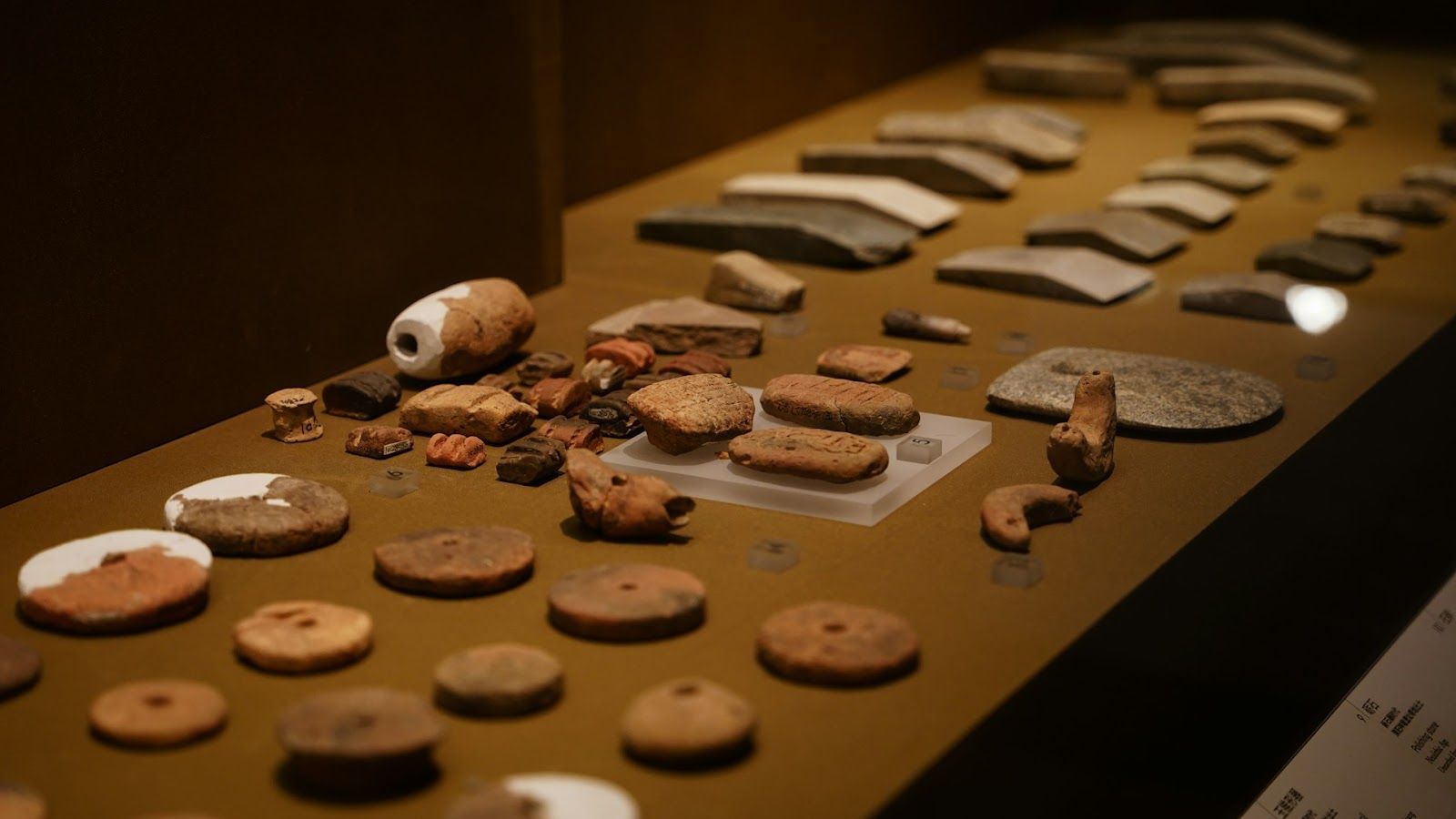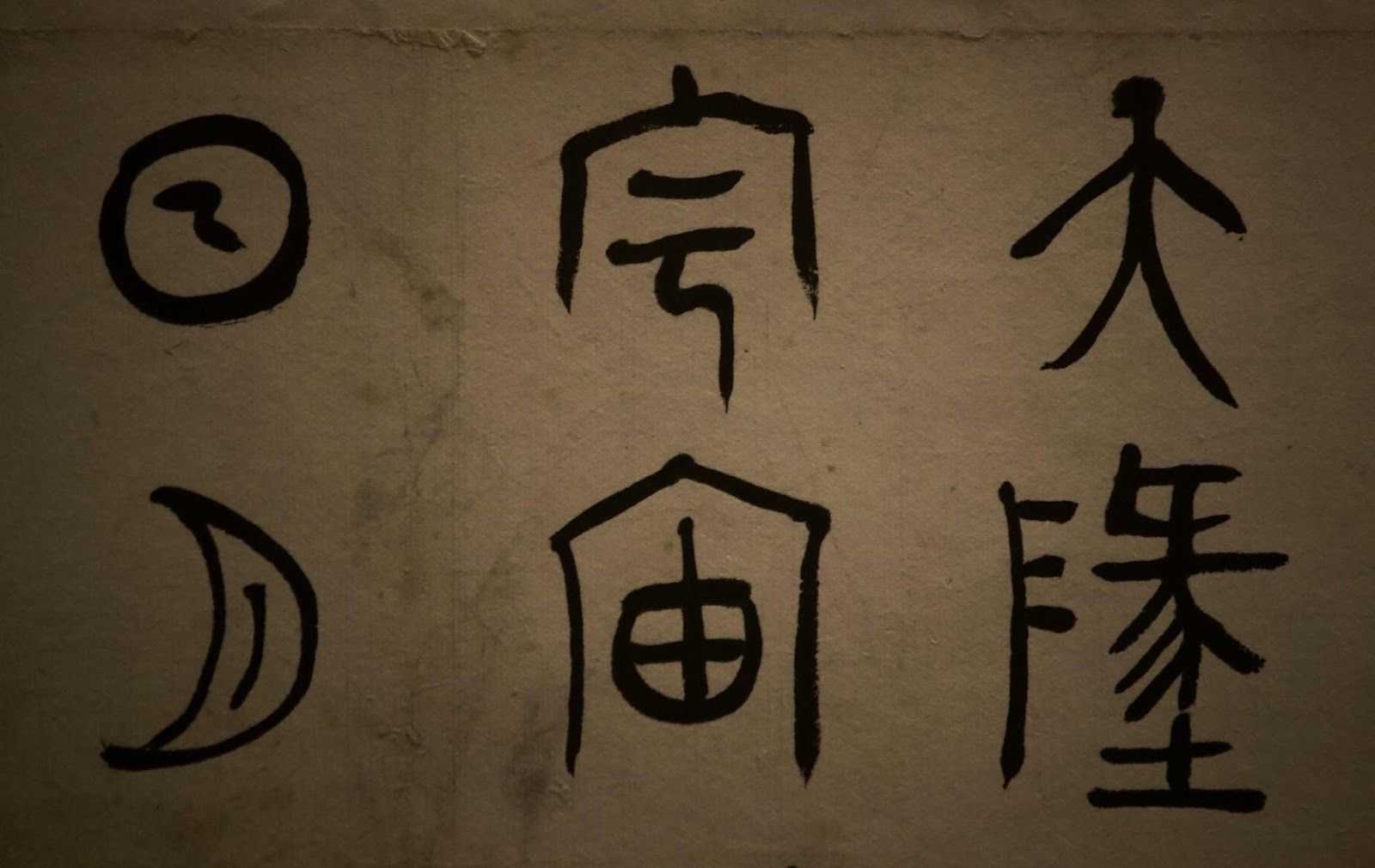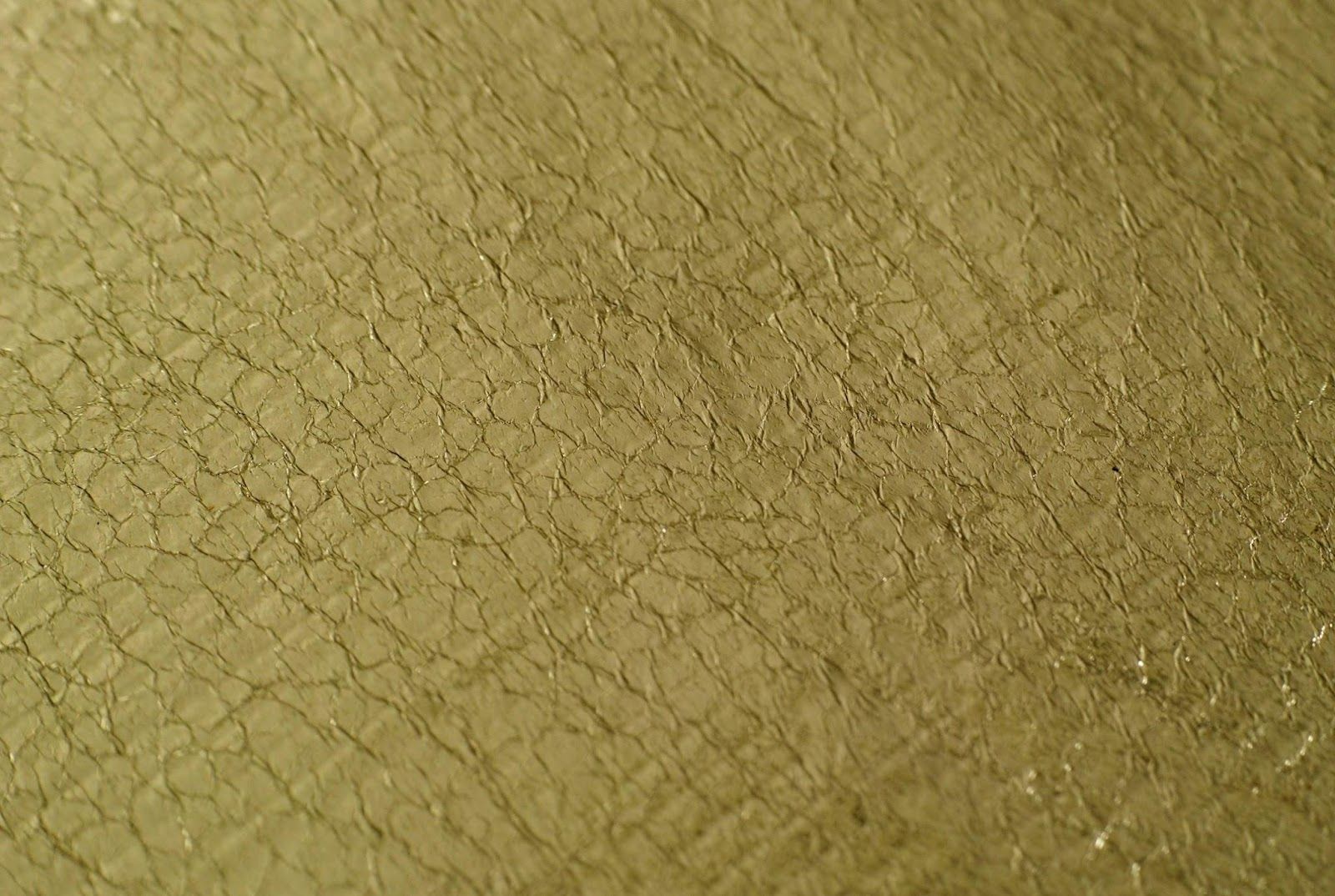Extraordinary plants, trees, and fungi
Trees older than Christianity and other jaw-dropping botanical facts
Published on September 30, 2025
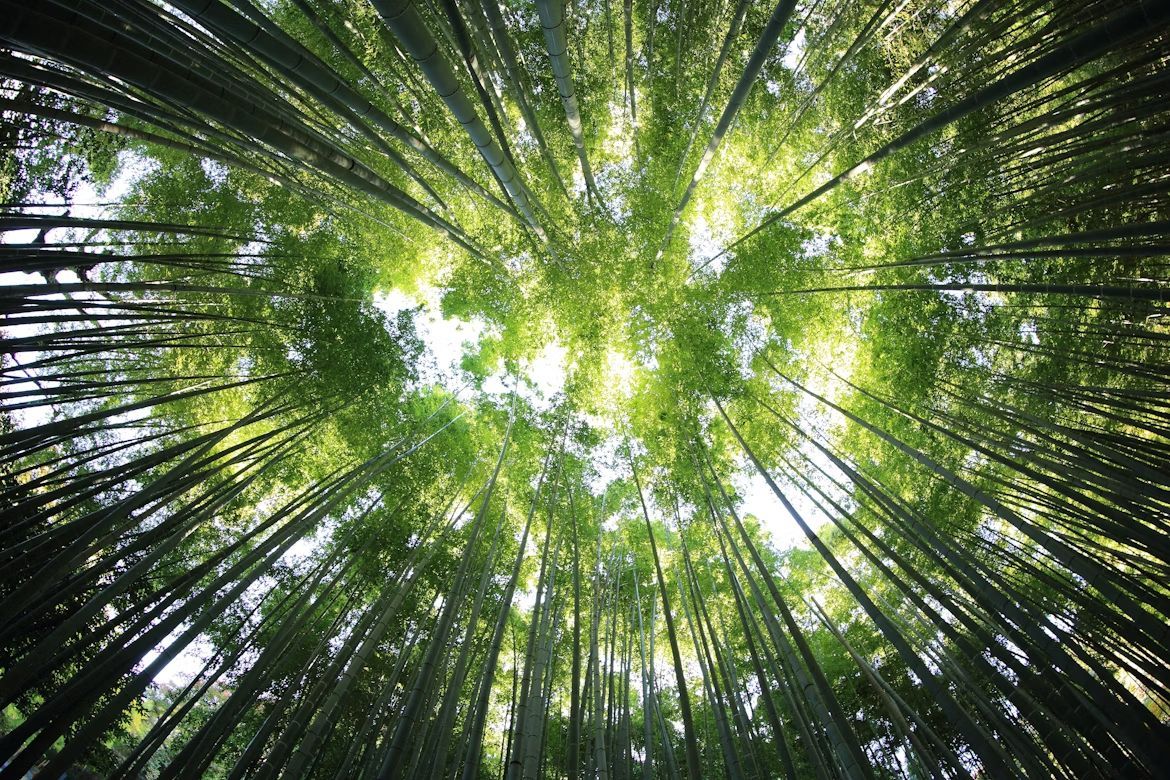 Credit: kazuend
Credit: kazuend
Maybe you've mastered growing tomatoes or finally figured out why your geraniums keep dying, and that’s all very well. Still, the botanical world has been keeping some seriously wild secrets from you! Our botanical world is packed with surprises that'll make you want to grab your gardening gloves and explore. These green (and sometimes not-so-green) wonders prove that the most fascinating life forms might just be growing right under our noses.
1. The Resurrection Plant's Amazing Comeback Story
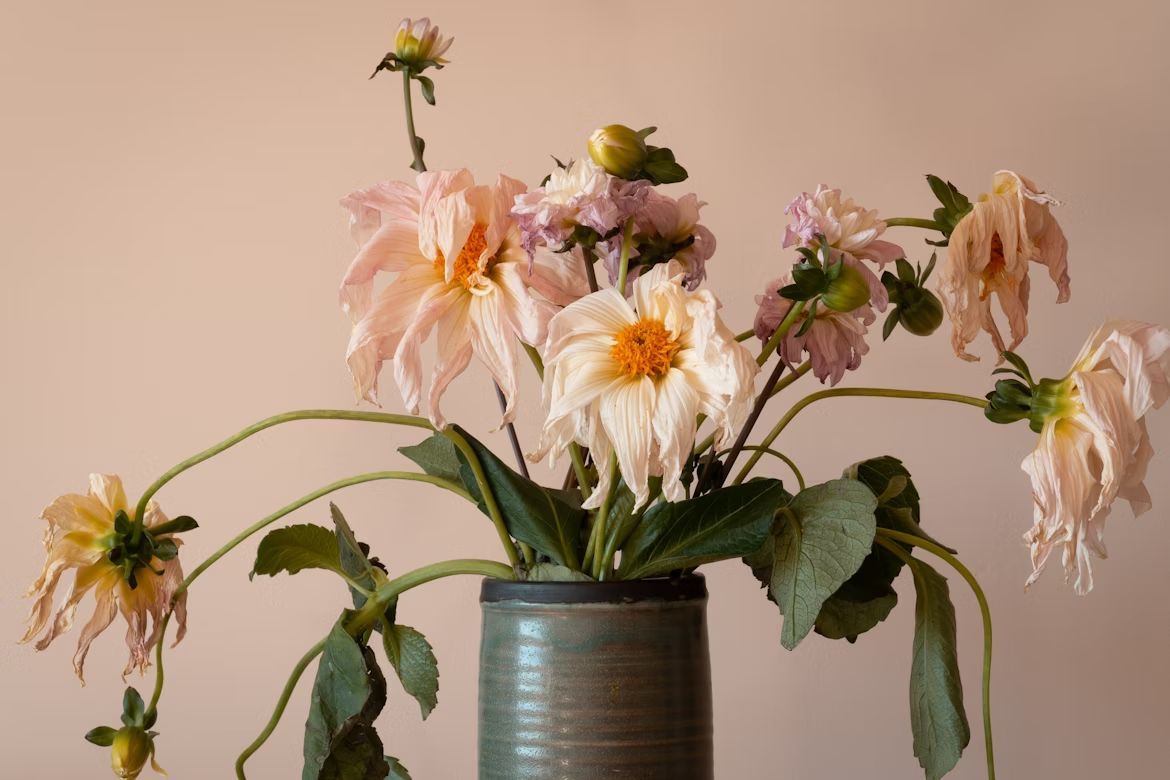 Credit: Earl Wilcox
Credit: Earl Wilcox
Selaginella lepidophylla can survive complete dehydration for months, looking absolutely dead as a doornail. But add a little water, and within hours it springs back to vibrant green life, like nature's own magic trick. Native Americans called it the "resurrection plant," and it has amazed desert travelers for centuries. It's basically the ultimate comeback kid of the plant world—making your Monday morning coffee revival look like amateur hour.
2. Trees That Were Saplings When Jesus Walked the Earth
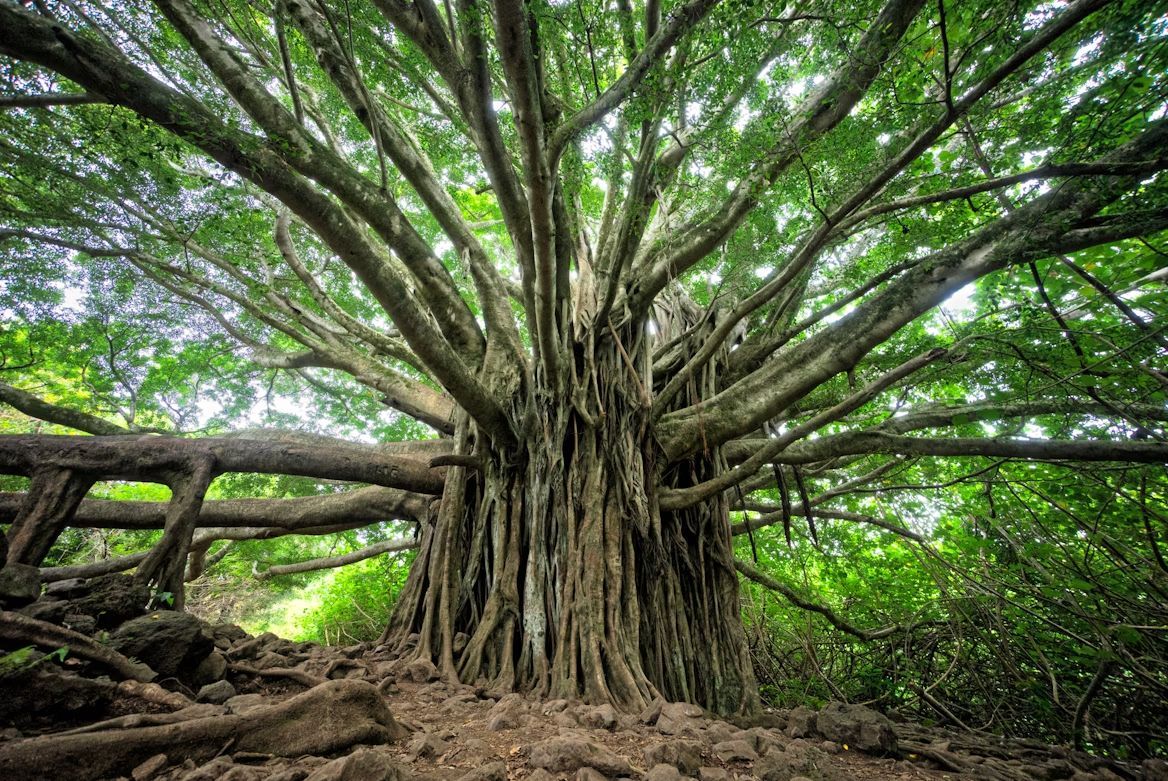 Credit: Brandon Green
Credit: Brandon Green
California's bristlecone pines make your grandparents look like spring chickens. The oldest known specimen, nicknamed "Methuselah," has been growing for over 4,850 years. That means it was already a teenager when the pyramids were built! These gnarled survivors thrive in harsh, high-altitude conditions that would make most plants throw in the towel faster than you can say "retirement community."
3. The Venus Flytrap's Lightning-Fast Reflexes
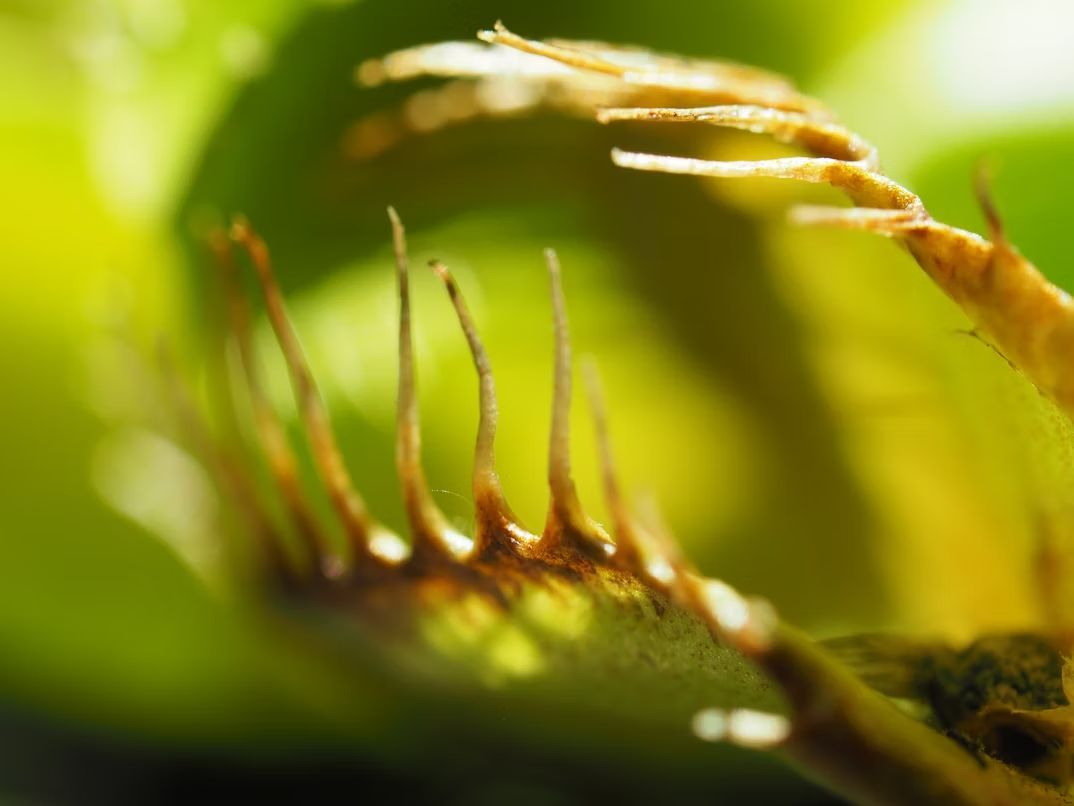 Credit: Janik
Credit: Janik
The Venus flytrap has reflexes that would make a NASCAR driver jealous. When an insect triggers its tiny hairs twice within 20 seconds, SNAP! The trap closes in just one-tenth of a second. Native to the Carolina bogs, this carnivorous charmer gets its nutrients from bugs instead of soil, proving that sometimes you really do need to think outside the pot.
4. Mushrooms That Glow Like Tiny Night Lights
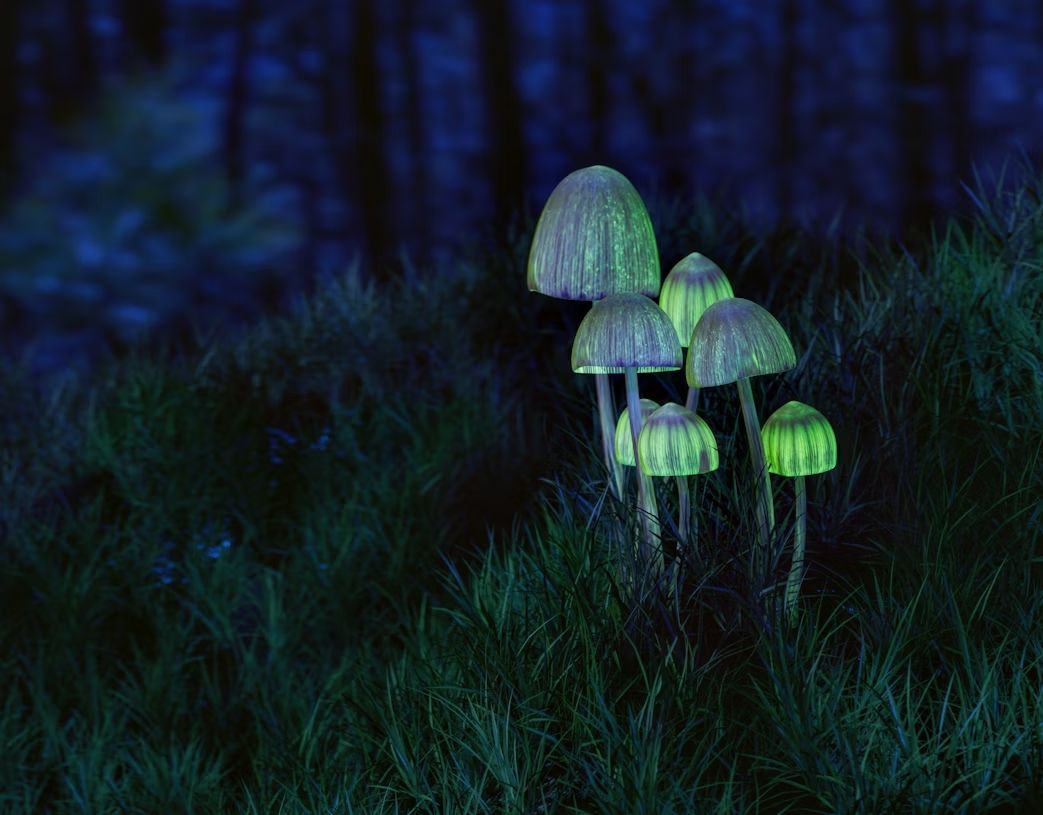 Credit: Igor Omilaev
Credit: Igor Omilaev
Over 80 species of fungi light up the forest floor like nature's own Christmas decorations. The foxfire fungus creates an eerie green glow visible on dark nights, helping attract insects for spore dispersal. These bioluminescent beauties have been mystifying forest walkers for centuries.
5. The Corpse Flower's Stinky Strategy
 Credit: Freepik
Credit: Freepik
Amorphophallus titanum produces the world's smelliest flower, reeking like rotting meat mixed with dirty gym socks. This aromatic assault attracts carrion beetles and flies from miles away, who become unwitting pollinators as they crawl around looking for the "rotting carcass" that doesn't exist. The bloom can reach 10 feet tall and only flowers every few years, making it the botanical equivalent of a once-in-a-lifetime rock concert—if rock concerts smelled like garbage trucks.
6. The Sensitive Plant That Faints on Cue
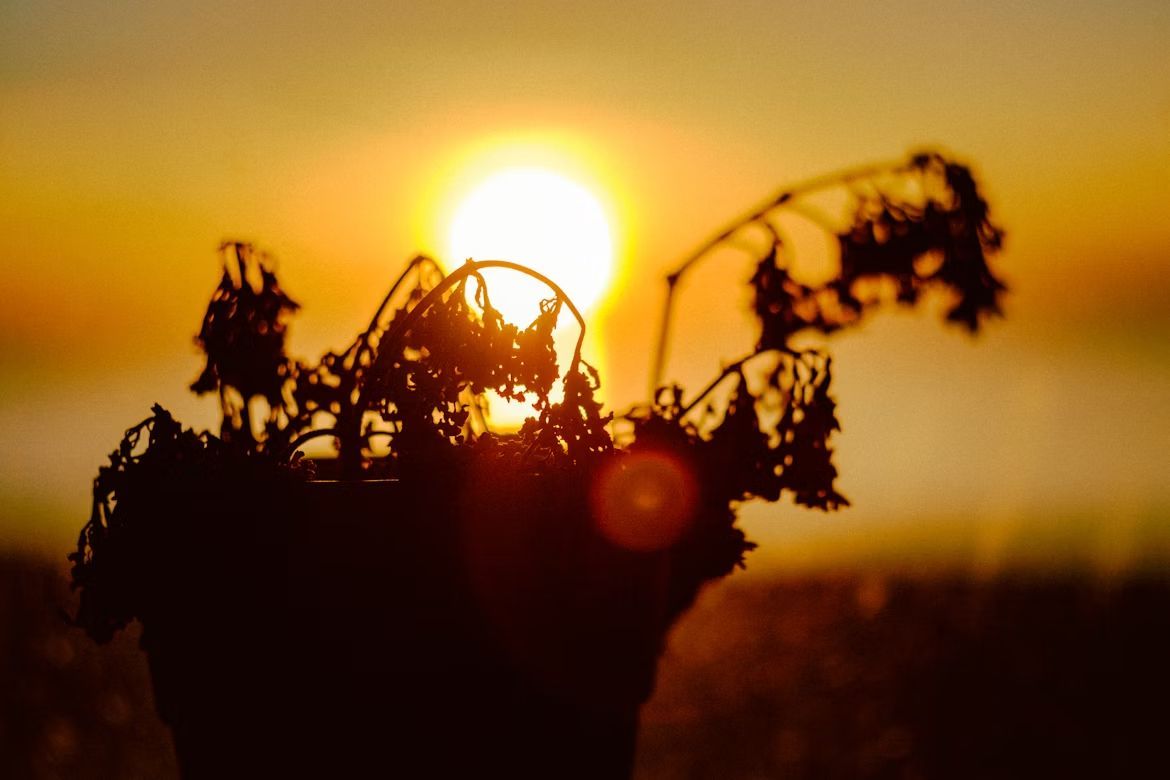 Credit: Hikmet
Credit: Hikmet
Mimosa pudica, nicknamed the "shy plant," collapses its leaves instantly when touched, as if it's playing dead or having a case of the vapors. This dramatic response happens in seconds and helps protect it from hungry herbivores. It's like having a plant that throws a tantrum every time someone tries to pet it—perfect for those who prefer low-maintenance relationships with their greenery.
7. Giant Sequoias: The Skyscrapers of the Forest
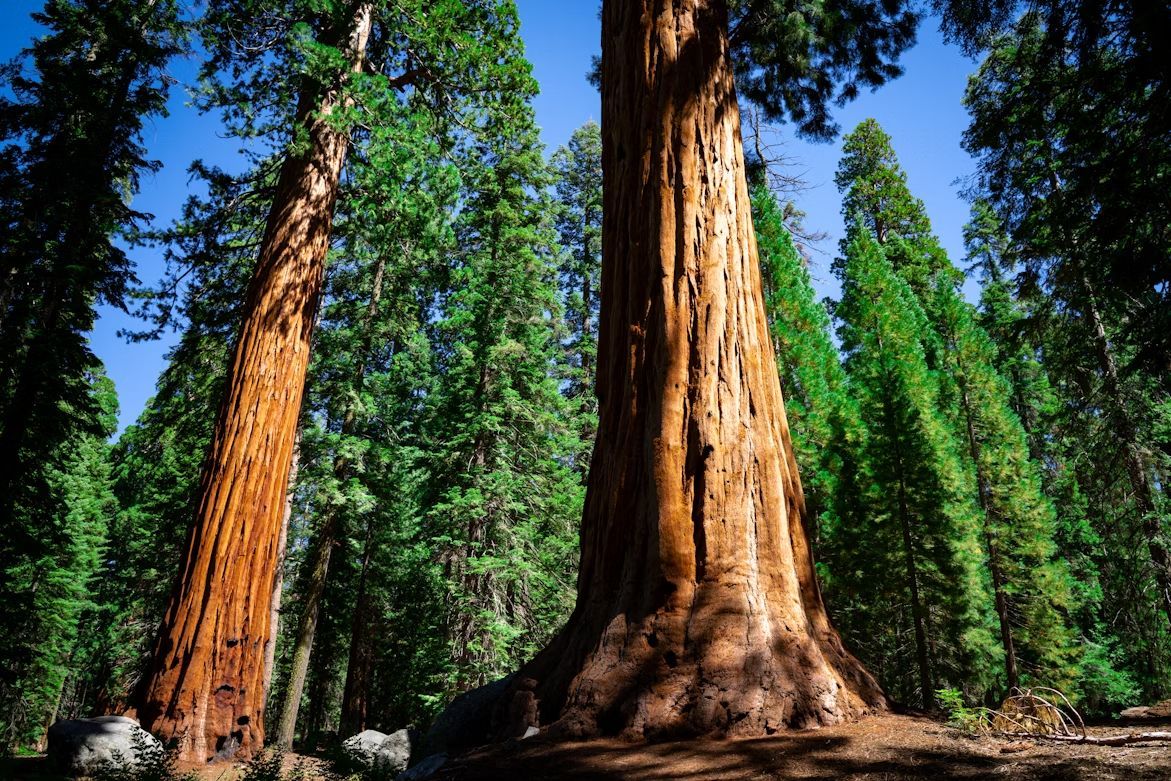 Credit: Taisia Karaseva
Credit: Taisia Karaseva
These California giants can live over 3,000 years and grow taller than the Statue of Liberty. The largest, "General Sherman," weighs as much as 10 blue whales and has a trunk so wide that 20 people holding hands couldn't wrap around it. Their bark can be two feet thick—thicker than most apartment walls—and is naturally fire-resistant.
8. The Strangler Fig's Sneaky Takeover
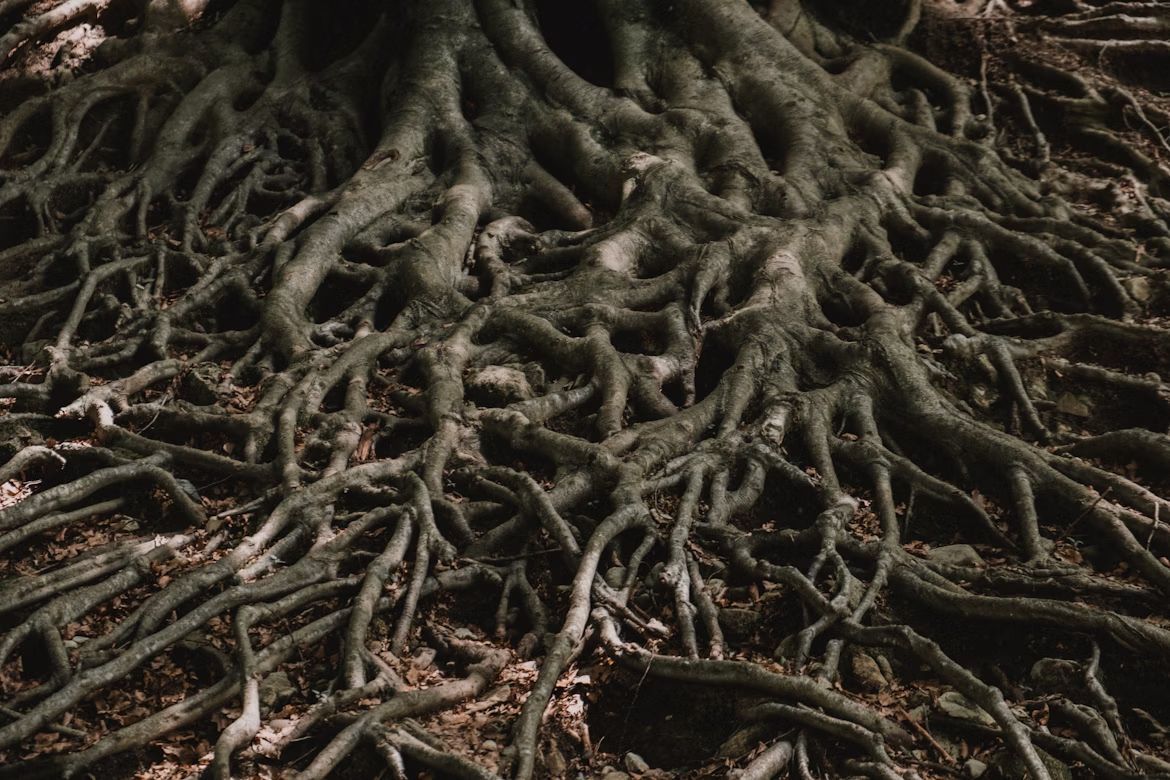 Credit: Matteo Grando
Credit: Matteo Grando
Starting as a tiny seed dropped by a bird high in a tree canopy, the strangler fig slowly grows downward, wrapping around its host tree like a very patient python. Over decades, it gradually strangles and kills its host, leaving a hollow center where the original tree once stood. It's like the plant kingdom's version of a hostile takeover, except it takes about 50 years to complete the paperwork.
9. Baobab Trees: Nature's Upside-Down Giants
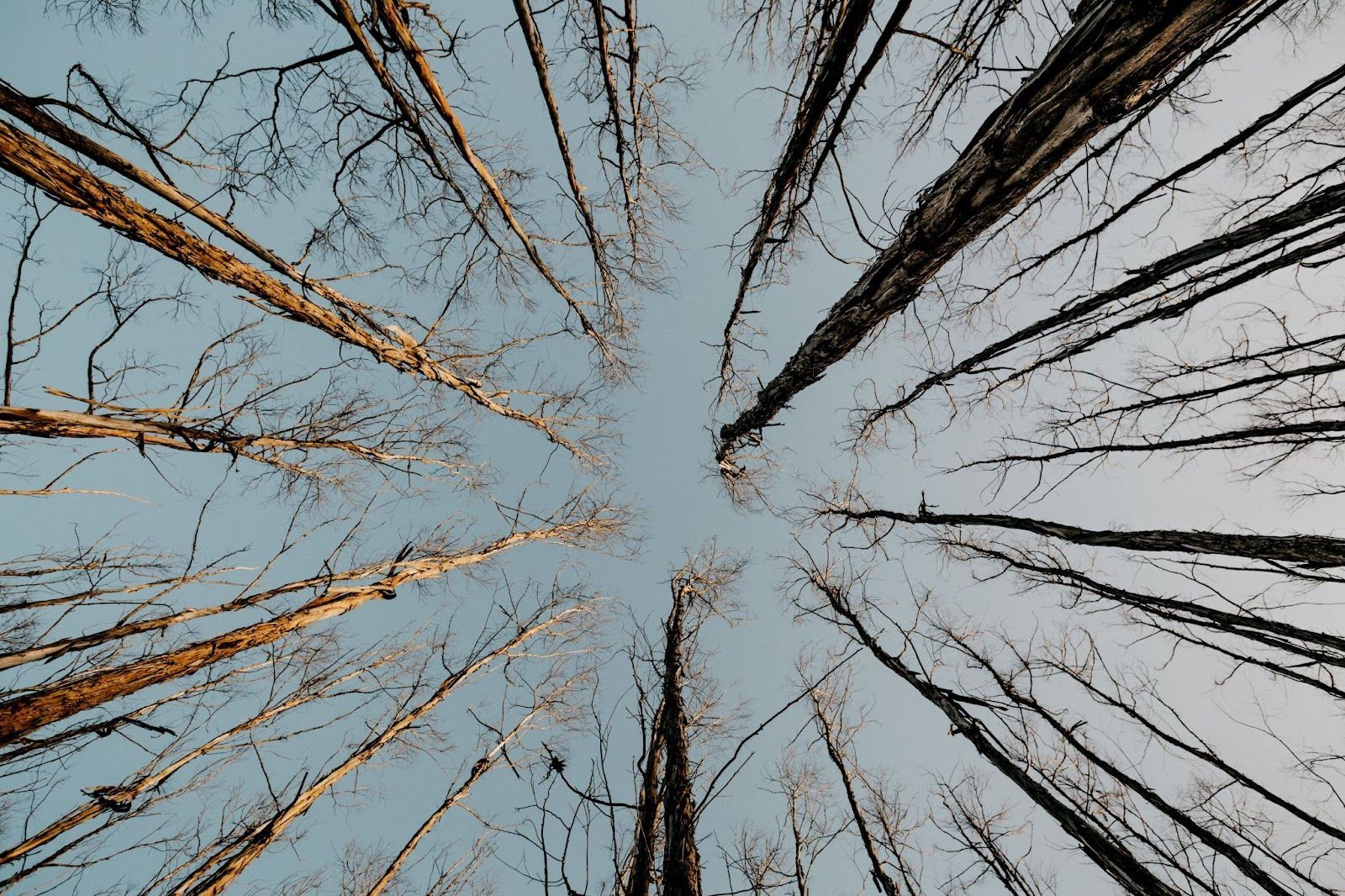 Credit: wirestock
Credit: wirestock
These African icons look like someone planted them upside-down, with their massive trunks and spindly branches resembling roots reaching for the sky. Baobabs can store up to 32,000 gallons of water in their trunks—enough to fill a swimming pool! Some specimens are over 2,000 years old and so huge that people have carved pubs, prisons, and even bus stops inside their hollow trunks.
10. The World's Largest Living Organism is a Mushroom
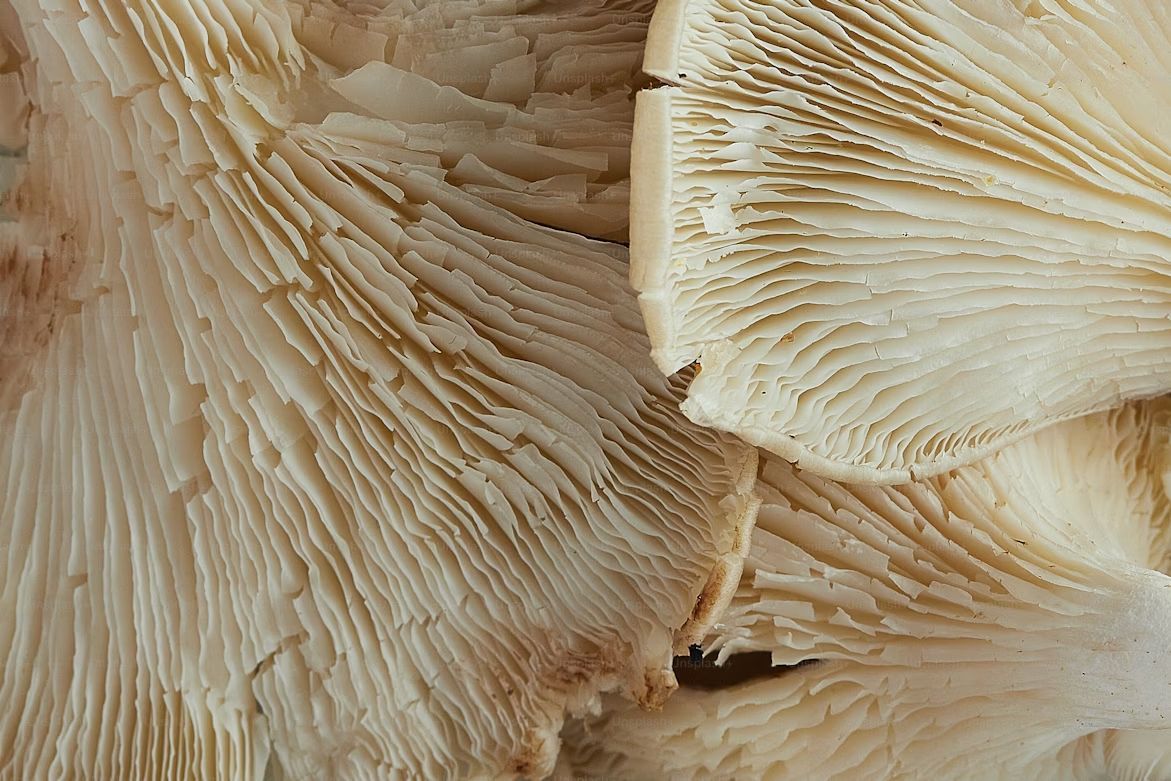 Credit: Olivie Strauss
Credit: Olivie Strauss
In Oregon's Blue Mountains, a single honey mushroom (Armillaria ostoyae) spans 2,385 acres underground—larger than 1,600 football fields! This fungal giant is estimated to be between 2,000 and 8,000 years old and mostly lives as an invisible network of root-like threads beneath the soil. It's basically nature's internet, connecting and communicating through the forest floor long before we figured out WiFi.

